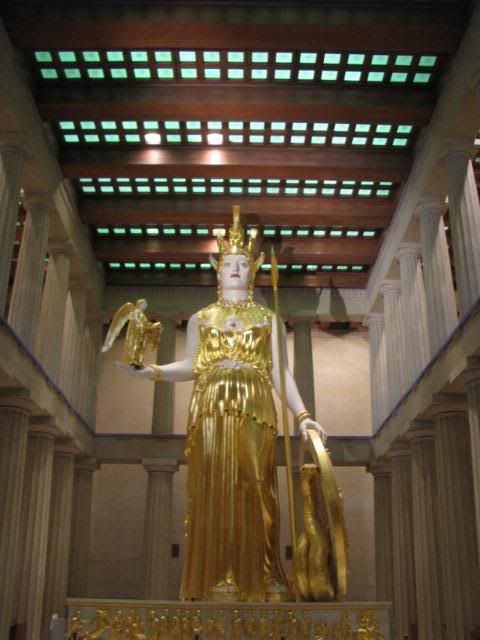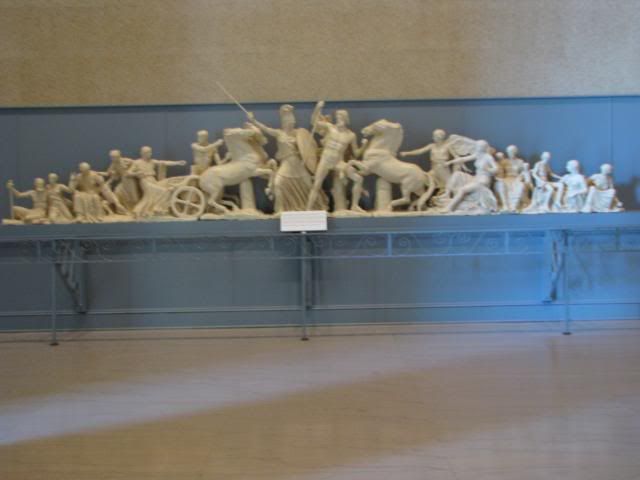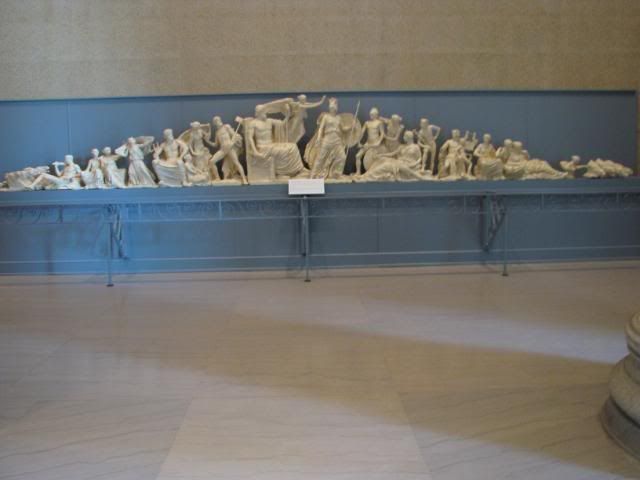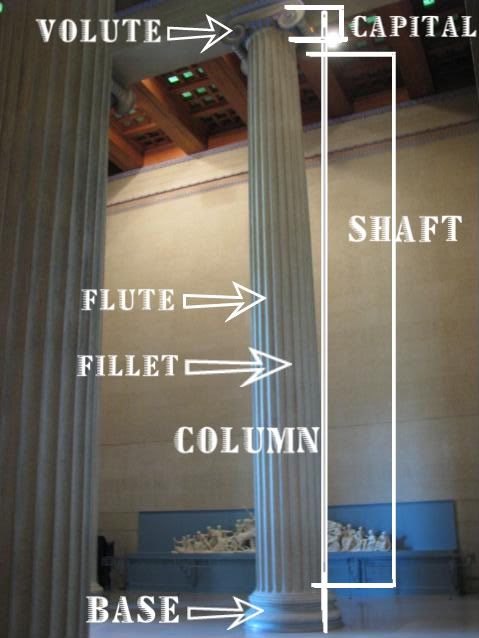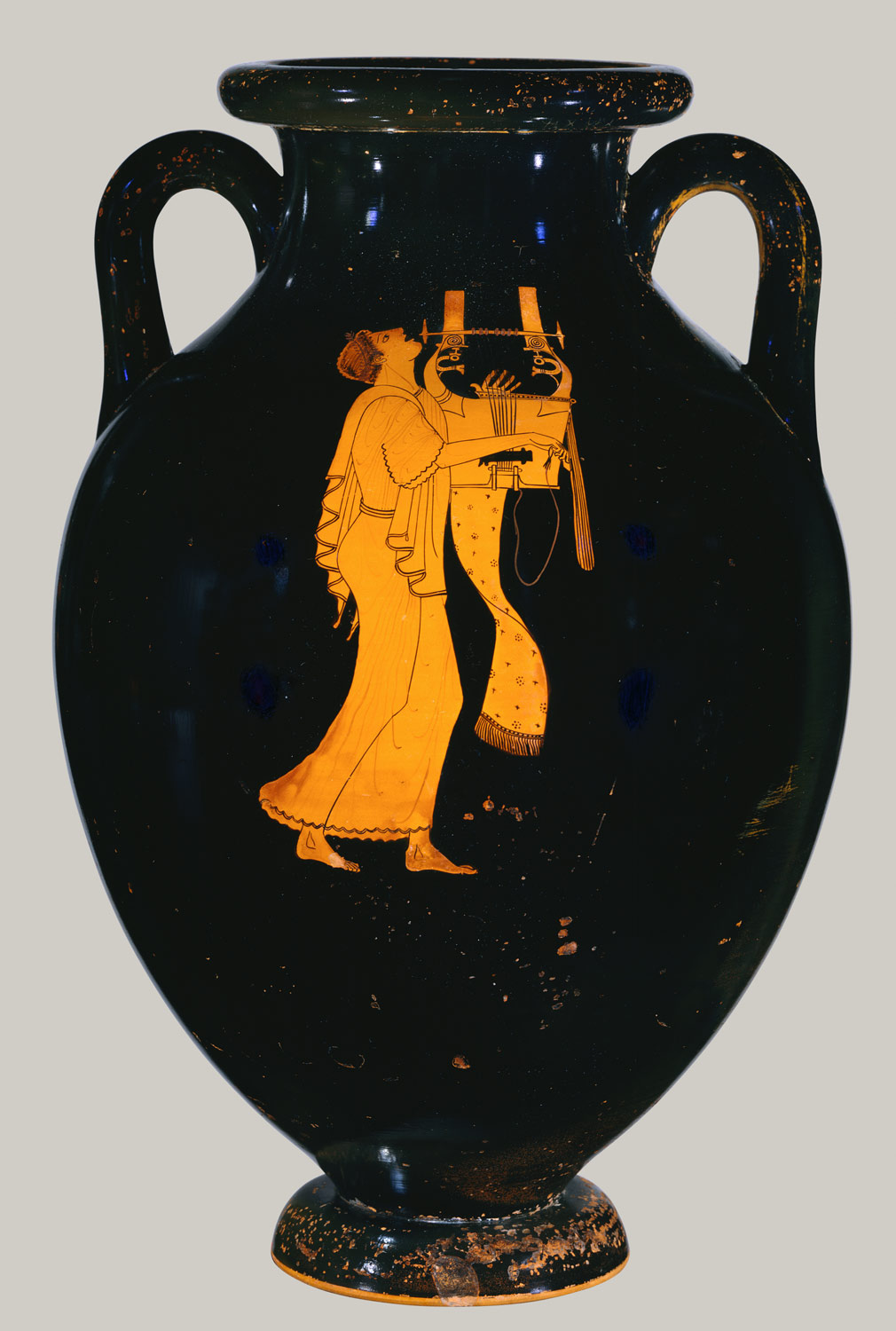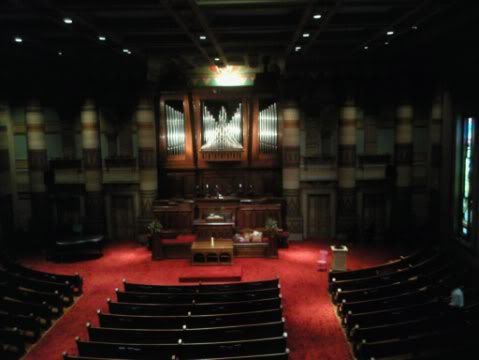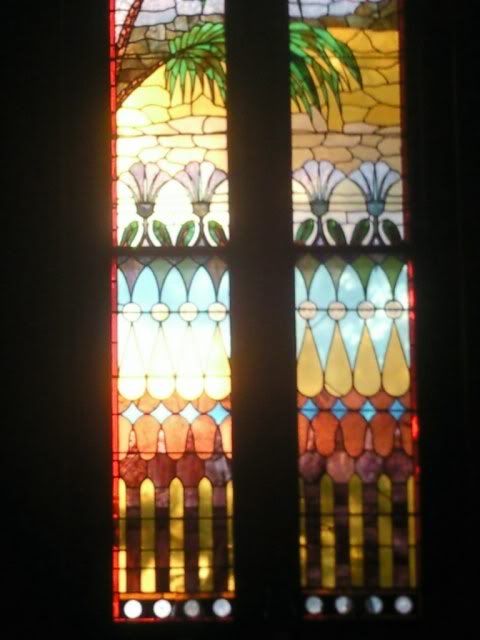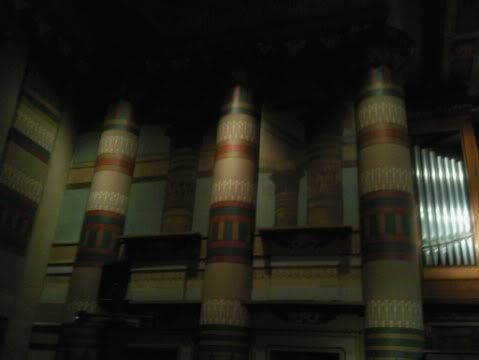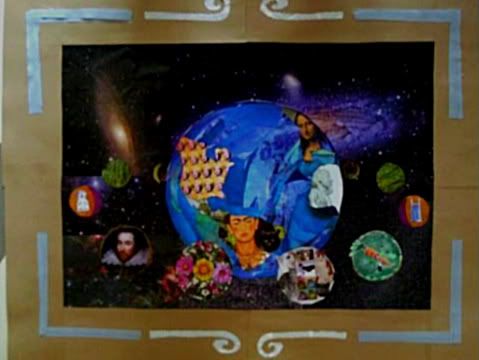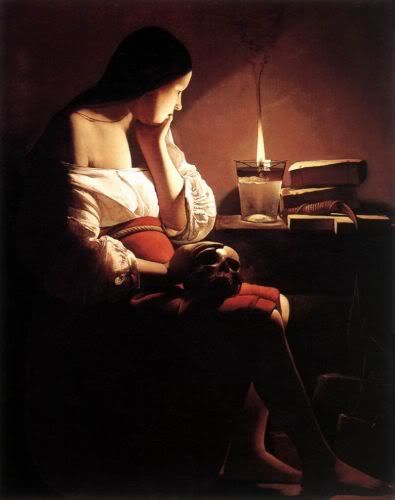I'm sorry for the awful cell phone picture!
For this collage, I wanted every inch of the poster board to reflect some part of me. I always knew that the main theme would be astronomy, as it is a very important part of my life and one of my biggest passions. I decided to use the concept of a globe with orbiting moons, with each moon representing a facet of my personality. The two largest moons stand for my cats and my parents, both of which are probably the most important to me. The moons go on to show my other interests: nature (the man with the carrot as a representation of my longtime vegetarianism and love of the environment), the humanities (I‘m an English literature major), and my hometown. Art means the world to me, so I thought it fitting that each part of the globe should be represented by a famous work of art. The frame around my collage is important as well; it has a symbolic meaning of structure and practicality.
Decisions: As stated in the paragraph above, I tried to be very careful in my decisions for the collage. I planned everything out beforehand, yet the collage looks slightly different from what I planned. This is a good thing! Whenever I finish a piece of art, I recognize that parts of it reflect my feelings at the moment of creation and couldn’t have be planned.
Color: The colors in my collage are both bright and subdued. The bright blues and greens represent my love of nature and the sciences, while the browns represent simplicity and practicality, as well as my love of antique things.
Light: The lighter areas in my collage are meant to draw the eye throughout. I tried to balance the brightness of the Belmont bell tower and Shakespeare’s forehead on the left with the lightness of Africa on the globe and the bright nebulae in the background on the right. The brightest nebulae in the background also “point” to the main focus of the globe.
Texture: Texture is most evident in the “ocean” on my globe. I used pictures of water to create a texture similar to real water. Texture can also be found on several of the moons: the grassy look of the four farthest moons and the “vegetarian” themed moon.
Volume: My use of volume is also most evident on my globe. I tried to create roundness by using the darker scraps of paper along the edge of the globe and gradually fading to lighter. The implied roundness of the globe is meant to be a contrast with the rather flat moons.
Line: The axis of my collage is primarily horizontal, though there is a slightly elliptical orientation as well, used to make the moons look as if they are rotating the Earth. Several other lines are meant to draw the eye to the globe: the man with the carrot and the nebulae in the background all “point” to the focal point.
Space: I tried to create depth with the starry background. The darker parts and nebulae are supposed to be very far away compared to the globe. The moons are arranged so that the smaller ones are farther away than the larger ones.
Scale: The size of the objects in my collage determine their importance to me at this time in my life. The moons representing my family and my cats are the largest, followed by my two biggest interests-- science and literature. The next two largest represent my hometown and school, and the farthest moons represent the future. Though the future is very important, I try not to let it dictate my day-to-day life too much.
Symbolism:
1. The frame around the main part of my collage represents my need for structure in my life.
2. The swirls on the frame are made up of words, which symbolize my love for reading and writing. The spiral shape is significant because I tend to dive into whatever I’m reading and “get lost!”
3. The orbiting moons symbolize “moving forward” and discovery, for real moons are always moving.
4. The four farthest moons symbolize my four years in college, as well as the future. They are smaller and dimmer than the other moons, which is meant to imply uncertainty. However, they have a grassy texture, which is meant to represent level-headedness (“Keep your feet on the ground.”)
You: The main theme of the collage is (obviously) astronomy, which is one of my passions. Each one of the moons represents some aspect of my personality: the Shakespeare portrait shows my love of the English language, the man with the carrot is representative of my longtime vegetarianism and interest in nature, and the cats represent my own cats, whom I adore.
Friends and Family: My family is represented by the moon on the bottom left of the collage. There are three flowers, one each for my parents and me. The flowers are significant because our family is very into gardening, and we all work together to keep our yard and garden looking nice. It’s one of the many ways that we spend time together, and for that reason it is significant.
Your town, community, school: My hometown (Nashville) and my school (Belmont) are on the far right and left of the collage. Both have had a great influence on me, which is why they are place rather high on the collage.
Your country: On the globe, America is represented by Warhol’s portraits of Marilyn Monroe. This is important because it represents a very popular and well-known period of American art and film.
The world today: The globe in my collage represents the world today. The swirling movement of the water gives the impression of chaos, but the blue color represents brief moments of peace.
Art: As shown on my collage, art is very important to both myself and the world! Art, to me, makes the world a better place, and without it, life would be very dull.
History: Art is a crucial part of human history. It is ingrained within all of us, and it has given rise to innumerable forms of self-expression. Everyone shares a common world history, and art is just one aspect of it. By using a famous art piece from each part of the world, I tried to show just how widespread and important art is to history.



